1. Liver

Liver was always that one dinner that made kids question their entire existence. Your parents swore it was packed with iron and good for your blood, but all you could focus on was the smell wafting from the kitchen like a science experiment gone wrong. The texture was dense and rubbery, and it tasted like a weird mix of pennies and sadness. Adults would smother it in onions, thinking that somehow made it better. But onions weren’t magic. They just made it worse. Even the dog looked suspicious when liver hit the table. And if you tried to sneak a piece under the table, even he wouldn’t eat it says It’s a Southern Thing.
You’d hear grown-ups say things like, “You’ll like it when you’re older,” but that never actually happened. Most of us grew up and just avoided it altogether. It was like a test of childhood endurance—choke it down or sit at the table until bedtime. Liver dinners were where many kids perfected the art of chewing without actually swallowing. And the leftovers? Always mysteriously vanished overnight. Probably “forgotten” at the back of the fridge on purpose. If anything, liver made us appreciate pizza night that much more shares Daily Express.
2. Brussels Sprouts

Brussels sprouts had a reputation that preceded them. Just hearing the name made kids everywhere groan in unison. They looked like mini cabbages, but the comparison ended there. The smell when they were boiling? Absolutely criminal. And for some reason, they were always boiled. Mushy, bitter, and sad, no amount of salt or butter could fix them. Parents would rave about how they were loaded with vitamins and fiber. Meanwhile, we were gagging through every bite, trying not to cry says HuffPost.
Some parents tried to get fancy—roasting them or adding bacon—but the damage was already done. You couldn’t erase years of boiled Brussels trauma. They were a dinner-table showdown waiting to happen. Kids would trade them under the table or hide them in napkins like they were smuggling contraband. No one wanted them, not even the cat. And if you actually liked them as a kid, you were probably the teacher’s pet too. For the rest of us, they were just tiny green nightmares adds Food and Wine.
3. Cottage Cheese
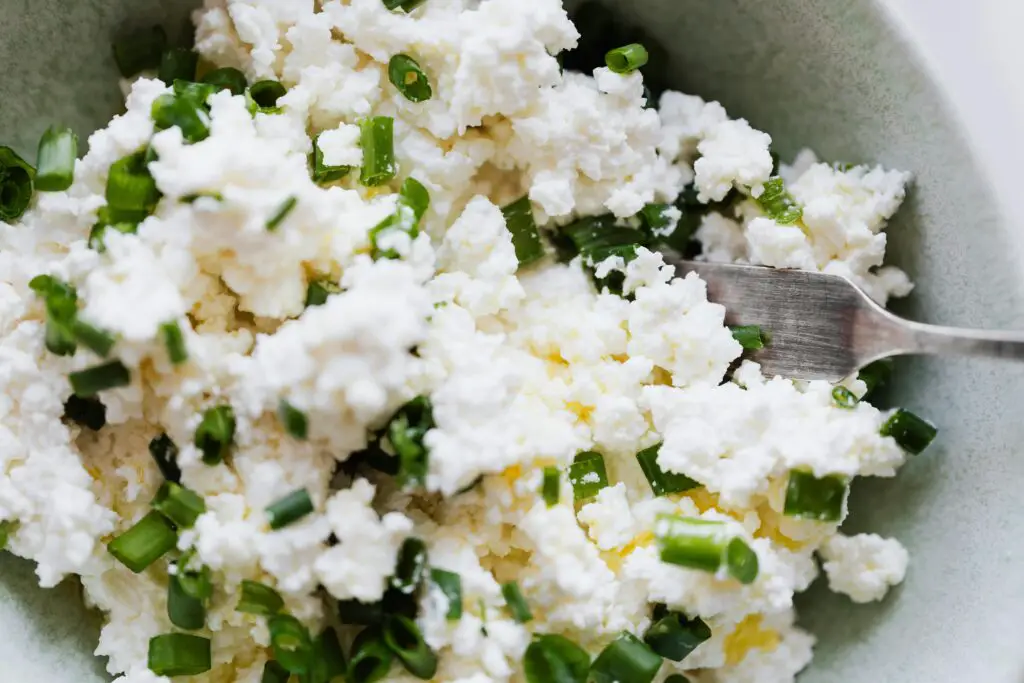
Cottage cheese always felt like a prank food. It was lumpy, weirdly wet, and completely untrustworthy. Adults would swear it was full of protein and perfect for “keeping you regular”—whatever that meant. But to kids, it looked like someone had already chewed it. And then they’d try to doll it up with pineapple or peaches like that was going to make it appealing. It didn’t. It just made it look even more questionable. You’d poke at it with your spoon, hoping it would disappear.
Nothing about the texture made sense. It was like yogurt’s evil cousin who couldn’t get it together. Parents would serve it cold, straight from the container, and somehow expect excitement. And if you made a face? “Don’t be dramatic,” they’d say. But it was too late. That texture was burned into your brain. It didn’t matter how many health benefits they listed—kids just couldn’t get past the curds.
4. Plain Yogurt
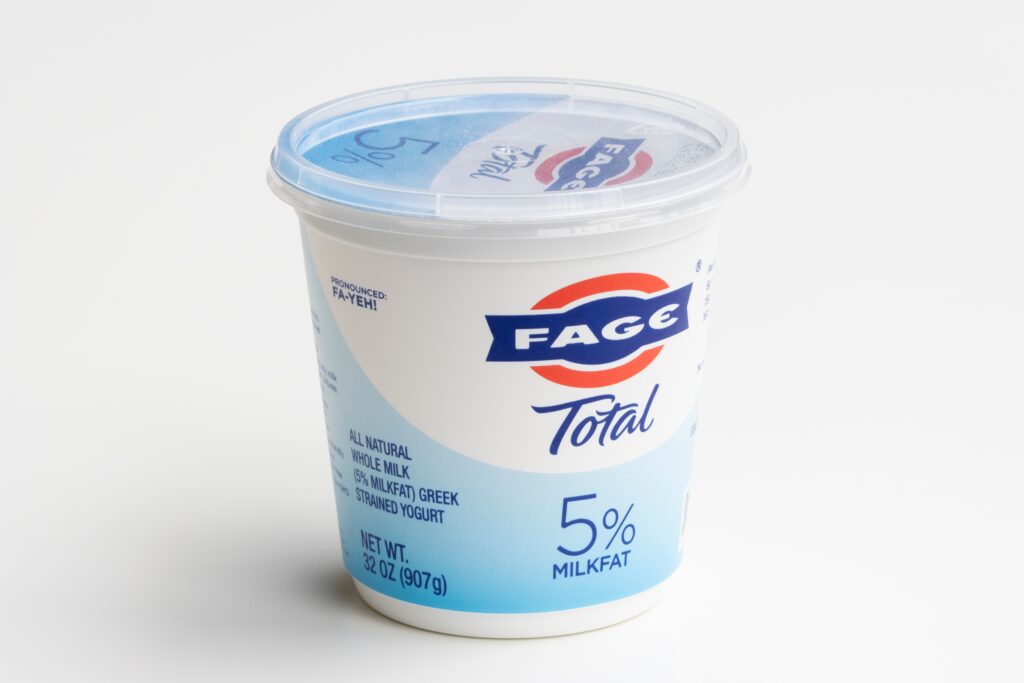
Plain yogurt always felt like a betrayal. You’d open the container hoping for something sweet and creamy, only to be hit with a sour, almost bitter slap in the face. Parents claimed it was better than the “sugary stuff,” but you knew better. It was the stuff of school lunch nightmares. Especially when they wouldn’t even add honey or fruit. Just a plain, joyless blob sitting in your bowl. You’d try to choke it down, but it was like eating spoiled milk on purpose.
And heaven forbid they used it in place of sour cream or mayo. That tangy taste followed you like a ghost. One spoonful and your whole mood shifted. You’d rather take your chances with a suspicious cafeteria hot dog. Plain yogurt might’ve been great for gut health, but it wrecked our tiny spirits. No sprinkles, no flavors, just disappointment. It was the “because I said so” of dairy products.
5. Prunes
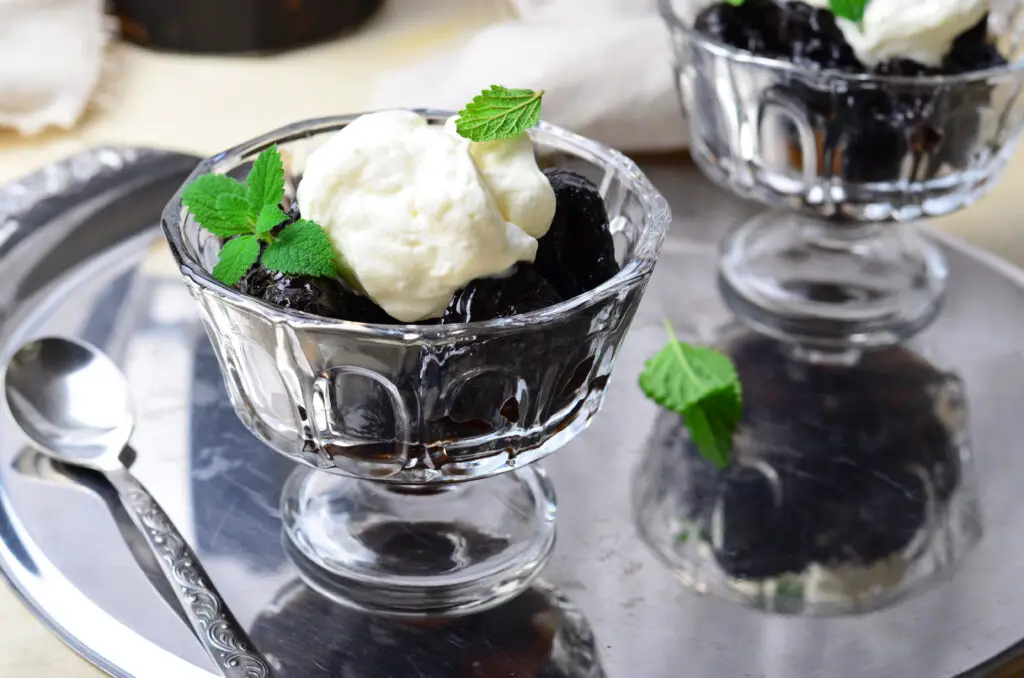
If you were handed prunes as a snack, it was basically code for “you need to go to the bathroom.” There was no pretending they were a treat. Adults pushed them hard, talking about how good they were for digestion and full of potassium. But they looked like wrinkly old raisins and smelled faintly like cough syrup. They were sticky in the worst way and left your fingers all gross. One bite and your mouth dried out like the Sahara. And if you dared question them, your parents would say, “They’re nature’s candy!”
Spoiler alert: they were not. Prunes were punishment food. Even raisins were nervous when prunes showed up. The only thing worse was prune juice, which was just sadness in a cup. You’d beg for fruit snacks and get handed a prune instead. Childhood trust issues started right there.
6. Wheat Germ
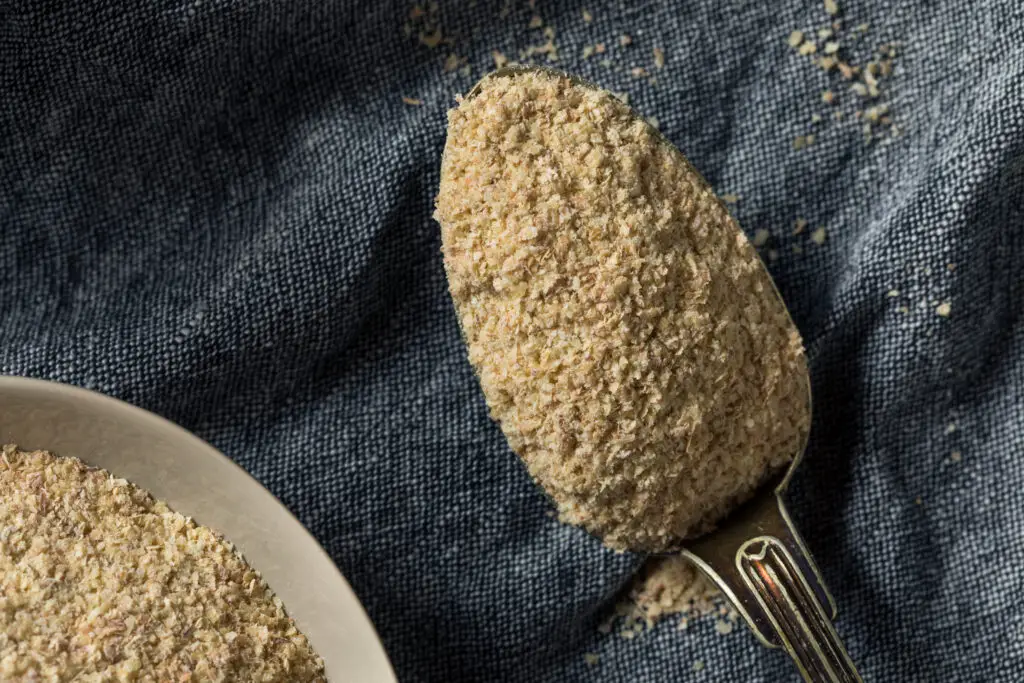
Wheat germ always sounded like something that should be studied under a microscope. Parents would sprinkle it on cereal or yogurt like it was fairy dust, promising it would “make you strong.” But all it did was ruin perfectly good food. It was dry, gritty, and somehow always tasted stale, even when it was fresh. You’d get a mouthful and feel like you were eating sand. No one ever asked for seconds.
It was the kind of food that felt like homework. You didn’t understand why it existed, just that it was supposed to be “good for you.” And somehow it ended up on everything. If your cereal had crunch, chances were it had wheat germ hiding in it. Adults acted like it was a secret health weapon. Kids acted like they’d just been betrayed.
7. Spinach (Especially Cooked)
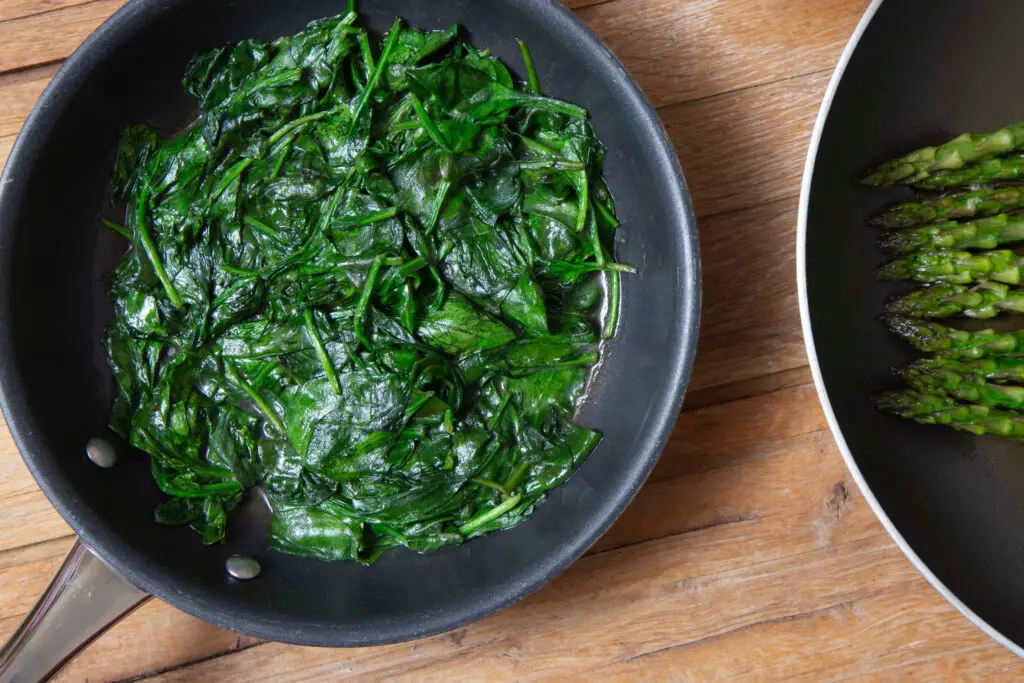
Raw spinach in a salad wasn’t too bad, but cooked spinach? That was another story. It went from green and leafy to a wet, slimy mess in minutes. And the smell? Like something that had been sitting out in the sun too long. Parents would tell you it made Popeye strong, but even Popeye probably preferred a burger. You’d poke at it with a fork, hoping it might dry up and go away. But it just clung to everything.
It was like eating warm seaweed with zero flavor. No matter how they seasoned it, it still tasted like punishment. And it always left little green bits in your teeth that felt like spinach was getting the last laugh. If it touched your mashed potatoes, game over. Adults loved it. Kids saw it as the villain on their dinner plate.
8. Oatmeal Without Sugar
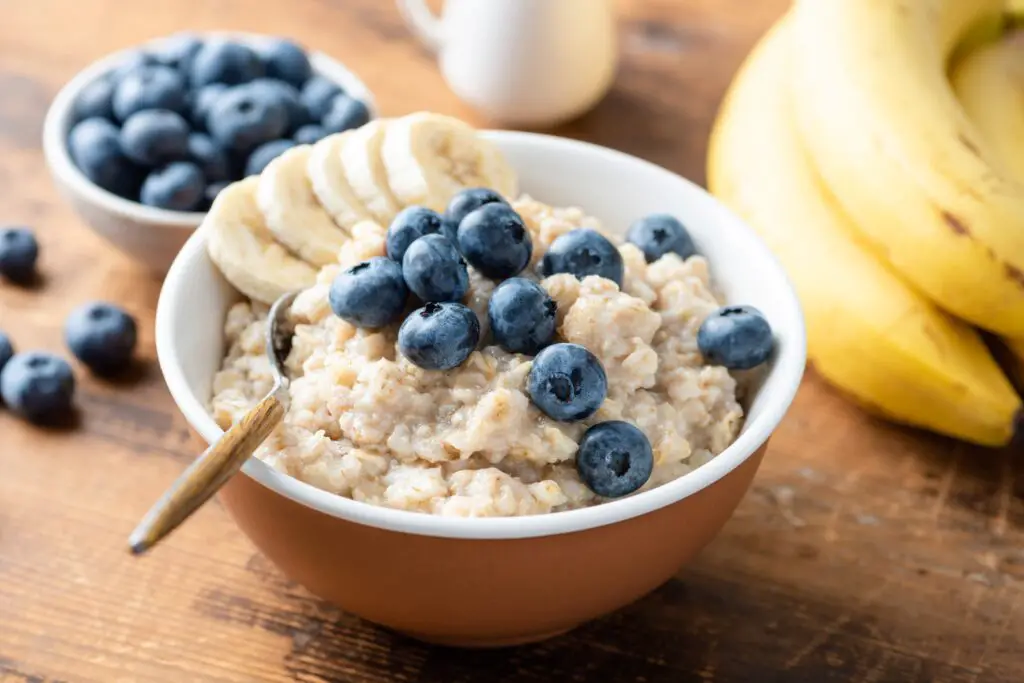
Oatmeal could be cozy and delicious, but only if it was sweetened up. Plain oatmeal with no sugar, no fruit, and no fun? That was just soggy sadness in a bowl. Parents insisted it was healthy, good for cholesterol, and “a warm start to the day.” But it felt like eating paper paste. It clumped together and stuck to your spoon like it didn’t want to be eaten either.
You’d sit there staring at it, hoping maybe someone would cave and pass the brown sugar. But no, they were “training your taste buds.” Cold mornings with a bowl of beige mush just hit different—in the worst way. Even adding milk couldn’t save it. You’d rather skip breakfast entirely than face flavorless oatmeal again.
9. Canned Beets
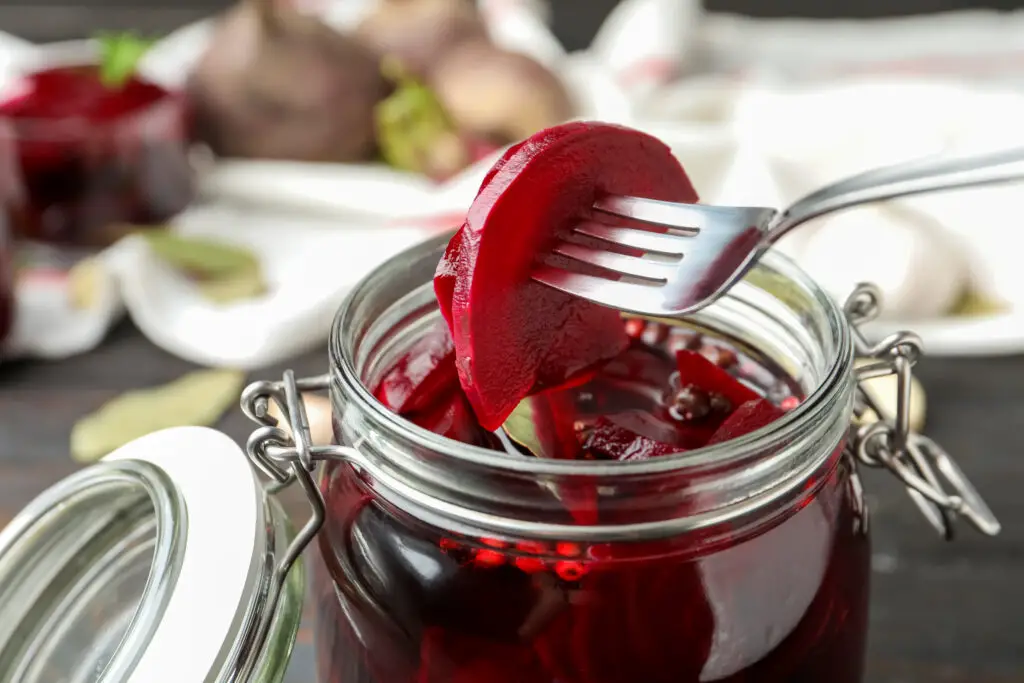
Canned beets always looked a little too intense for a kid’s plate. That deep red-purple color was more alarming than appetizing. They stained everything they touched—your plate, your fingers, your soul. And they smelled vaguely like dirt and vinegar. Parents said they were good for your blood pressure and full of antioxidants, but that meant nothing to a kid who just wanted mac and cheese.
The taste was earthy, metallic, and kind of sweet in a way that felt wrong. Like dessert had been left in a root cellar too long. They were always sliced too thick or too thin—never just right. And somehow, they were always cold. Cold beets from a can were not dinner. They were a warning.
10. Carob
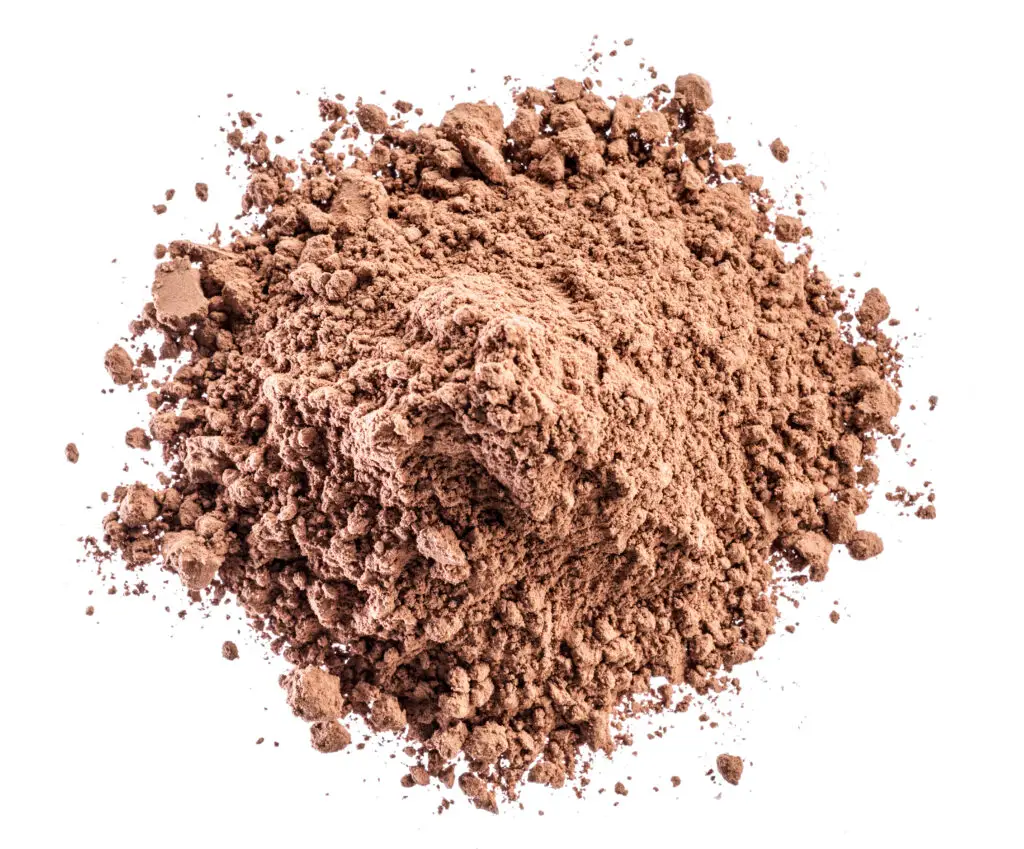
Carob was the ultimate chocolate fake-out. You’d be told it was a “healthier alternative,” but it never even came close. It looked like chocolate, smelled like chocolate, but the second you took a bite, betrayal set in. It was dry, chalky, and had this weird aftertaste that made you want to scrape your tongue. Parents would bake it into brownies and act like they’d done us a favor. They hadn’t.
Carob was what you got when your mom was on a health kick and banned sugar. You’d bite into a cookie expecting joy and get disappointment instead. It turned snack time into a lesson in trust. And once you knew the truth, there was no going back. Chocolate was chocolate. Carob was a cruel imposter.
11. Tofu
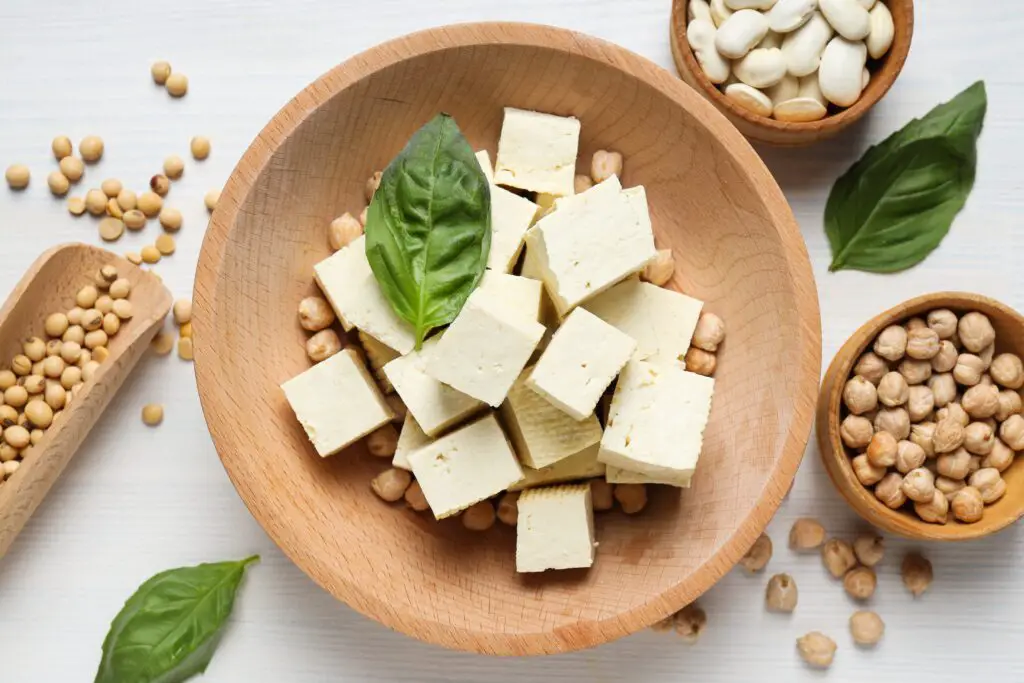
Tofu confused most kids. It didn’t look like meat, didn’t taste like anything, and had the texture of an eraser. Parents would talk about how versatile and healthy it was, but kids just saw a flavorless white block. They’d bake it, fry it, or toss it in stir-fries, but it never won anyone over. You’d chew it and wonder, “What is this?”
It soaked up whatever sauce it touched, which sometimes helped—but not always. And if it was cold or plain? Game over. It was the kind of thing that made you rethink vegetarianism entirely. Tofu might’ve been good for you, but it was definitely not good to you. It was like the blank page of food. And not every kid wanted to write their taste buds on it.
12. Bone Broth
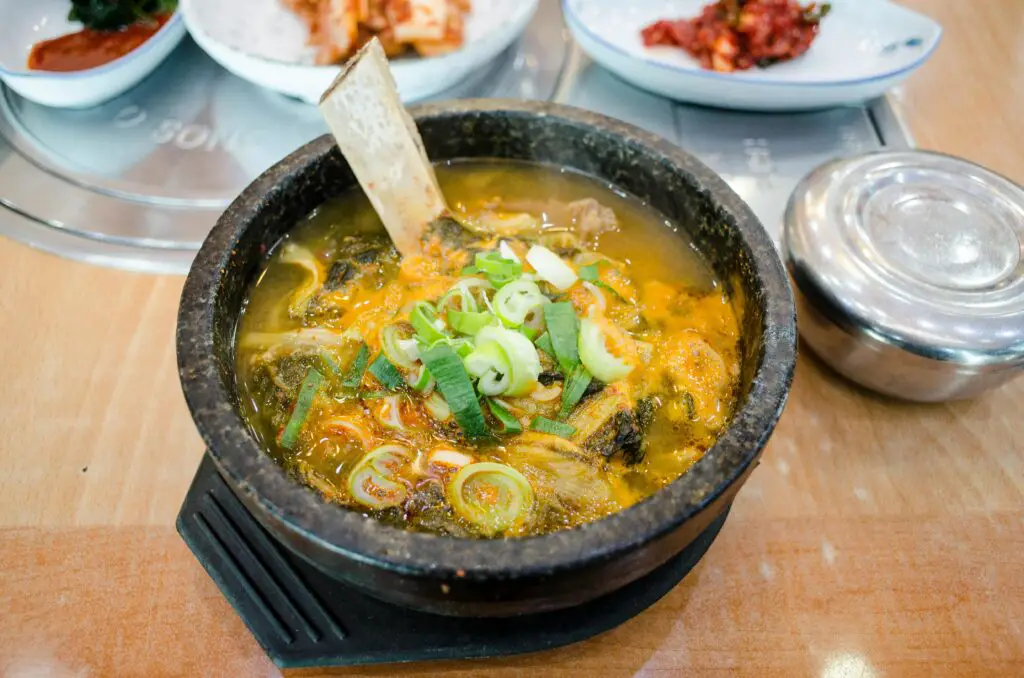
Bone broth was hyped up like it was liquid gold. Adults loved talking about how good it was for joints, skin, digestion—you name it. But for kids, it just felt like watered-down soup with a weird smell. It was never hearty enough to be satisfying and always had this odd aftertaste that lingered. You’d sip it and wonder why they didn’t just make actual chicken soup.
Sometimes it had floaty bits that made you suspicious. And if it had cooled down a bit? It turned into gelatin, which was a whole new horror. Parents would heat it up in mugs and hand it to you like a warm hug. But it felt more like a weird science experiment in a cup. Bone broth wasn’t comfort food. It was a lecture in a mug.
